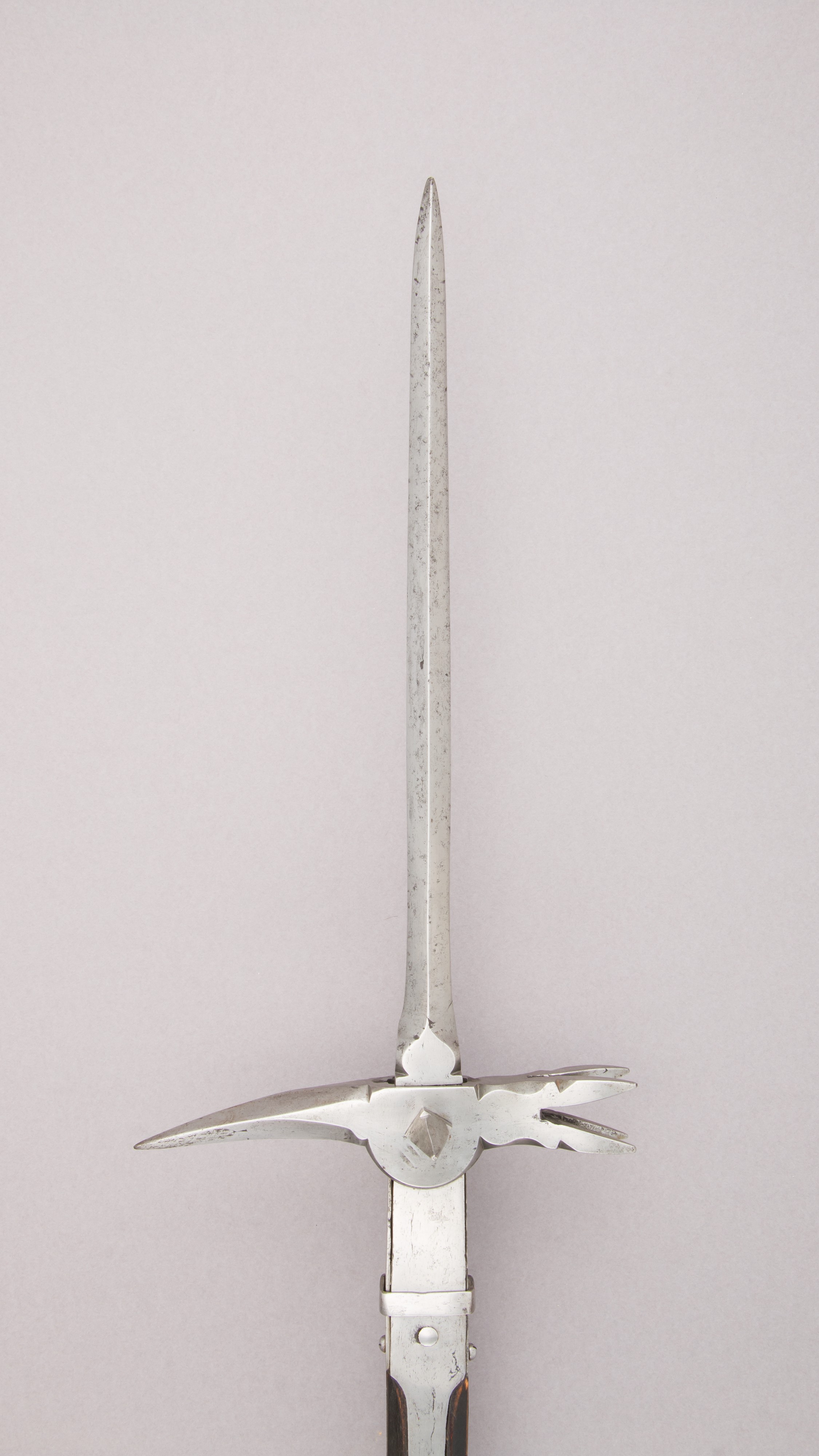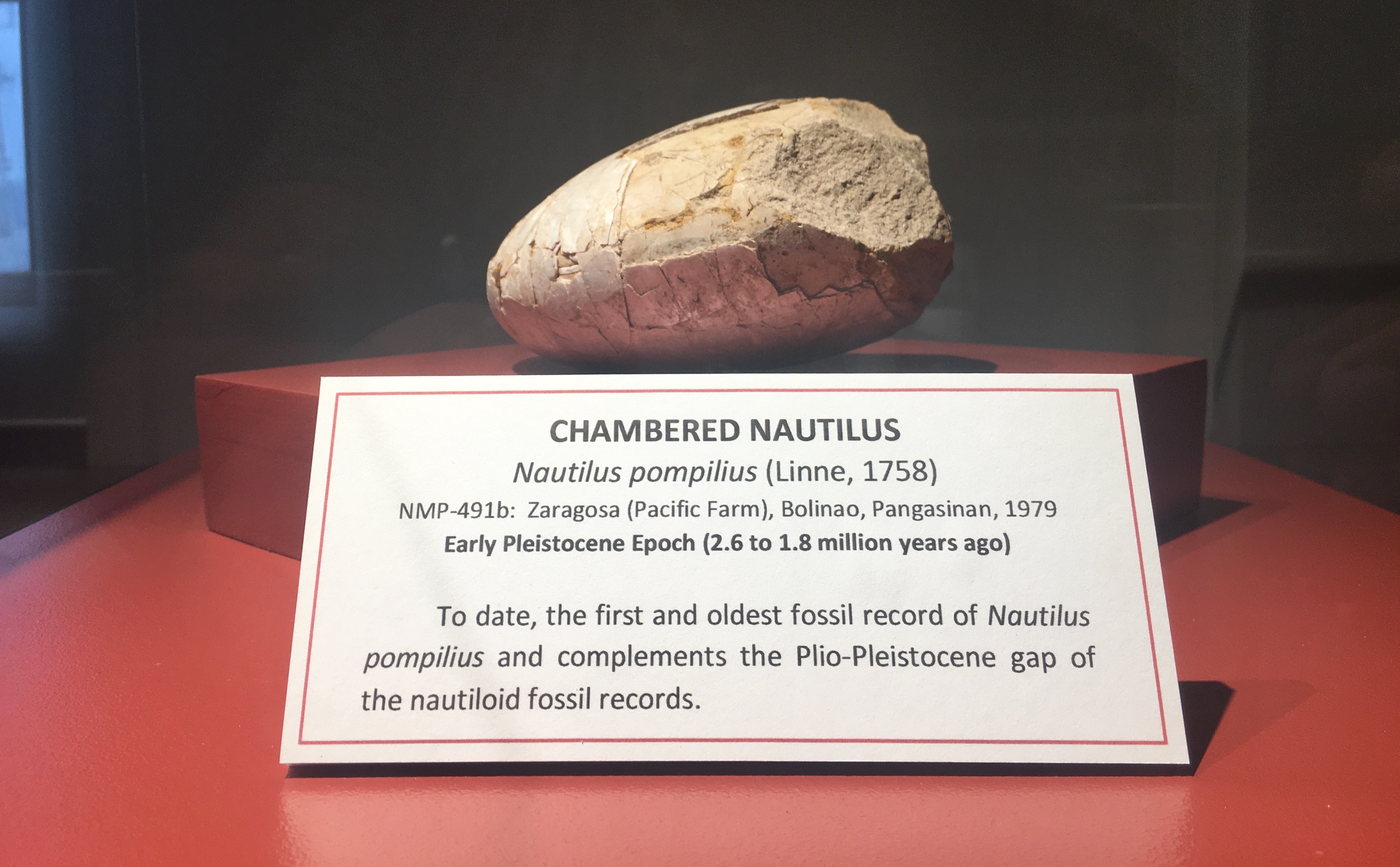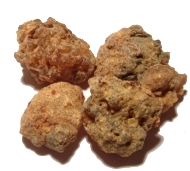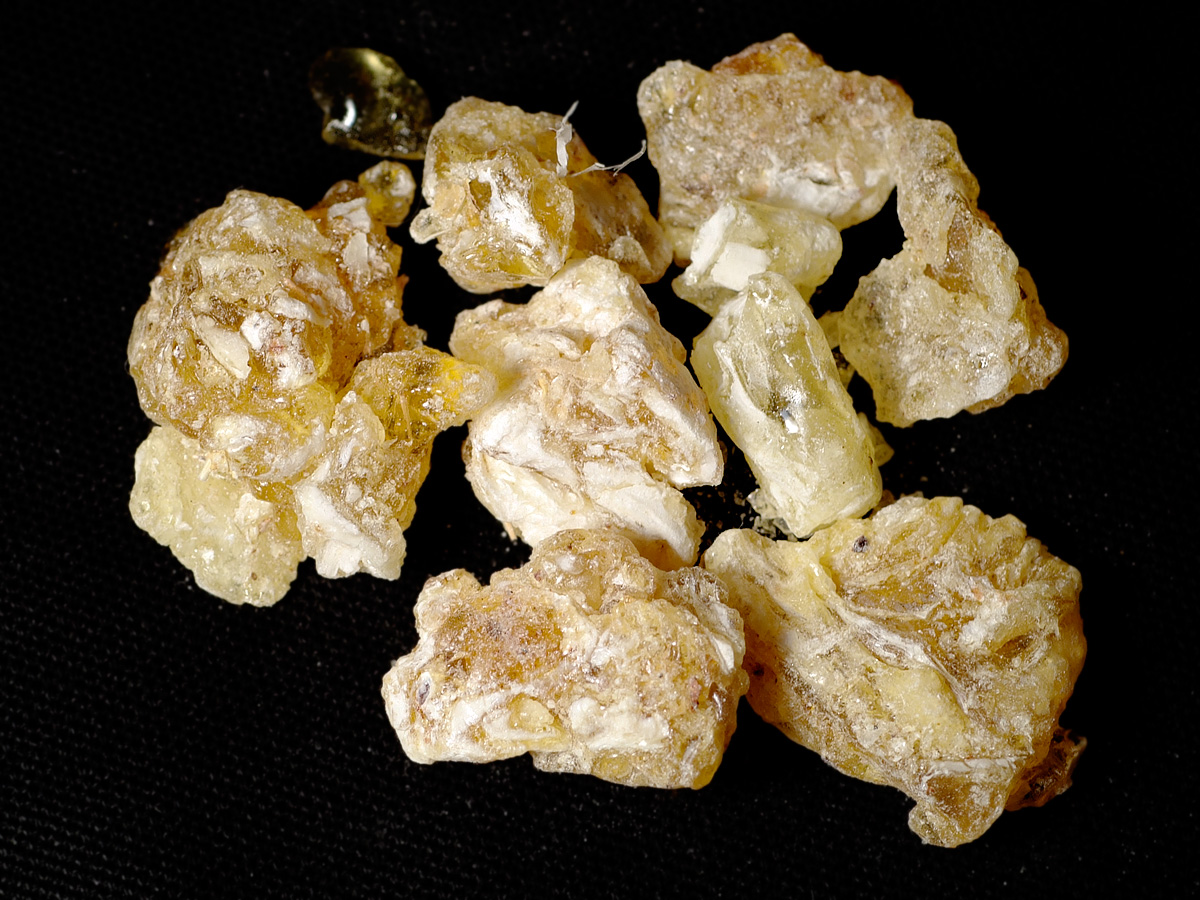|
The Adoration Of The Kings (Bruegel)
''The Adoration of the Kings'' is an oil-on-panel painting of the Adoration of the Magi by the Netherlandish Renaissance artist Pieter Bruegel the Elder, painted in 1564, and now in the National Gallery, London. It is one of very few paintings by Pieter Bruegel the Elder in the portrait format, rather than his usual landscape format. Two other paintings of the Adoration by Brueghel survive: an earlier in tempera on canvas, dated to c.1556 ( Royal Museums of Fine Arts of Belgium, Brussels); and another oil on panel painting, '' Adoration of the Magi in a Winter Landscape'', dated to 1563 or 1567 ( Museum Oskar Reinhart Am Römerholz, Winterthur). Description In the chronological sequence of Bruegel's work, this painting of 1564 marks an important departure as the first to be composed almost exclusively of large figures. The grouping of people, an idea taken from Italian mannerist painters like Parmigianino, permits Bruegel to concentrate on differences between individual face ... [...More Info...] [...Related Items...] OR: [Wikipedia] [Google] [Baidu] |
Pieter Bruegel The Elder
Pieter Bruegel (also Brueghel or Breughel) the Elder (, ; ; – 9 September 1569) was the most significant artist of Dutch and Flemish Renaissance painting, a painter and printmaker, known for his landscapes and peasant scenes (so-called genre painting); he was a pioneer in making both types of subject the focus in large paintings. He was a formative influence on Dutch Golden Age painting and later painting in general in his innovative choices of subject matter, as one of the first generation of artists to grow up when religious subjects had ceased to be the natural subject matter of painting. He also painted no portraits, the other mainstay of Netherlandish art. After his training and travels to Italy, he returned in 1555 to settle in Antwerp, where he worked mainly as a prolific designer of prints for the leading publisher of the day. Only towards the end of the decade did he switch to make painting his main medium, and all his famous paintings come from the following perio ... [...More Info...] [...Related Items...] OR: [Wikipedia] [Google] [Baidu] |
Christ Child
The Christ Child, also known as Divine Infant, Baby Jesus, Infant Jesus, the Divine Child, Child Jesus, the Holy Child, Santo Niño, and to some as Señor Noemi refers to Jesus Christ from his nativity to age 12. The four canonical gospels, accepted by most Christians today, lack any narration of the years between Jesus' infancy and the Finding in the Temple when he was 12. Liturgical feasts Liturgical feasts relating to Christ's infancy and childhood include: * The Feast of the Nativity of Jesus Christ (25 December); * The Feast of the Circumcision of Christ (1 January – Eastern Orthodox Church, Latin Rite-Extraordinary Form); * The Feast of the Holy Name of Jesus (3 January – Latin Rite; others – various); * The Feast of the Epiphany (6 January or 19 January in the Gregorian equivalent of the Julian calendar) * The Feast of the Presentation of the Lord (2 February) Depictions in art From about the third or fourth century onwards, the child Jesus is frequently shown ... [...More Info...] [...Related Items...] OR: [Wikipedia] [Google] [Baidu] |
Lucerne Hammer
The Lucerne hammer ( ) is a type of polearm which was popular in Swiss armies during the 15th to 17th centuries. It was a combination of the bec de corbin and a pronged war hammer. Origins The weapon originates from Switzerland, and the name comes from a discovery of many of these weapons in Lucerne, Switzerland. Design The hammer-part of the Lucerne hammer is a three-to-four-pronged head mounted atop a 2-meter-long (7 foot) polearm shaft. It bears a long spike on its reverse, and an even longer spike extending from the top. They are occasionally found to have spikes on the side of the head as well. Use The Lucerne hammer requires both hands for effective handling. As a modified polearm, Lucerne hammers have multiple functions in battle. The forward-pointing spike could be used for spearing, while the hammer proved effective at puncturing or smashing armour. Like many other polearms, the Lucerne hammer was also used for dismounting the enemy. The long pole increased the ... [...More Info...] [...Related Items...] OR: [Wikipedia] [Google] [Baidu] |
Saint Joseph
Joseph (; el, Ἰωσήφ, translit=Ioséph) was a 1st-century Jewish man of Nazareth who, according to the canonical Gospels, was married to Mary, the mother of Jesus, and was the legal father of Jesus. The Gospels also name some brothers of Jesus who may have been: (1) the sons of Mary, the mother of Jesus, and Joseph; (2) sons of Mary, the wife of Clopas and sister of Mary the mother of Jesus; or (3) sons of Joseph by a former marriage. Joseph is venerated as Saint Joseph in the Catholic Church, Orthodox Church, Oriental Orthodox Church and Anglicanism. His feast day is observed by some Lutherans. In Catholic traditions, Joseph is regarded as the patron saint of workers and is associated with various feast days. The month of March is dedicated to Saint Joseph. Pope Pius IX declared him to be both the patron and the protector of the Catholic Church, in addition to his patronages of the sick and of a happy death, due to the belief that he died in the presence of Jesus and ... [...More Info...] [...Related Items...] OR: [Wikipedia] [Google] [Baidu] |
Virgin Mary
Mary; arc, ܡܪܝܡ, translit=Mariam; ar, مريم, translit=Maryam; grc, Μαρία, translit=María; la, Maria; cop, Ⲙⲁⲣⲓⲁ, translit=Maria was a first-century Jewish woman of Nazareth, the wife of Joseph and the mother of Jesus. She is a central figure of Christianity, venerated under various titles such as virgin or queen, many of them mentioned in the Litany of Loreto. The Eastern and Oriental Orthodox, Church of the East, Catholic, Anglican, and Lutheran churches believe that Mary, as mother of Jesus, is the Mother of God. Other Protestant views on Mary vary, with some holding her to have considerably lesser status. The New Testament of the Bible provides the earliest documented references to Mary by name, mainly in the canonical Gospels. She is described as a young virgin who was chosen by God to conceive Jesus through the Holy Spirit. After giving birth to Jesus in Bethlehem, she raised him in the city of Nazareth in Galilee, and was in Jerusal ... [...More Info...] [...Related Items...] OR: [Wikipedia] [Google] [Baidu] |
Nautilus Shell
The chambered nautilus (''Nautilus pompilius''), also called the pearly nautilus, is the best-known species of nautilus. The shell, when cut away, reveals a lining of lustrous nacre and displays a nearly perfect equiangular spiral, although it is not a golden spiral. The shell exhibits countershading, being light on the bottom and dark on top. This is to help avoid predators, because when seen from above, it blends in with the darkness of the sea, and when seen from below, it blends in with the light coming from above. The range of the chambered nautilus encompasses much of the south Pacific; It has been found near reefs and on the seafloor off of the coasts of Australia, Japan, and Micronesia. The eyes of the chambered nautilus, like those of all ''Nautilus'' species, are more primitive than those of most other cephalopods; the eye has no lens and thus is comparable to a pinhole camera. The species has about 90 cirri (referred to as "tentacles", see ) that do not have suckers, ... [...More Info...] [...Related Items...] OR: [Wikipedia] [Google] [Baidu] |
Myrrh
Myrrh (; from Semitic, but see '' § Etymology'') is a gum-resin extracted from a number of small, thorny tree species of the genus ''Commiphora''. Myrrh resin has been used throughout history as a perfume, incense and medicine. Myrrh mixed with posca or wine was common across ancient cultures, for general pleasure, and as an analgesic. Extraction and production When a wound on a tree penetrates through the bark and into the sapwood, the tree secretes a resin. Myrrh gum, like frankincense, is such a resin. Myrrh is harvested by repeatedly wounding the trees to bleed the gum, which is waxy and coagulates quickly. After the harvest, the gum becomes hard and glossy. The gum is yellowish and may be either clear or opaque. It darkens deeply as it ages, and white streaks emerge. Myrrh gum is commonly harvested from the species ''Commiphora myrrha''. Another commonly used name, ''Commiphora molmol'', is now considered a synonym of ''Commiphora myrrha''. ''Commiphora myrrha ... [...More Info...] [...Related Items...] OR: [Wikipedia] [Google] [Baidu] |
Radiate Crown
A radiant or radiate crown, also known as a solar crown, sun crown, Eastern crown, or tyrant's crown, is a crown, wreath, diadem, or other headgear symbolizing the sun or more generally powers associated with the sun. Apart from the Ancient Egyptian form of a disc between two horns, it is shaped with a number of narrowing bands going outwards from the wearer's head, to represent the rays of the sun. These may be represented either as flat, on the same plane as the circlet of the crown, or rising at right angles to it. History In the iconography of ancient Egypt, the solar crown is taken as a disc framed by the horns of a ram or cow. It is worn by deities such as Horus in his solar or hawk-headed form, Hathor, and Isis. It may also be worn by pharaohs. In Ptolemaic Egypt, the solar crown could also be a radiate diadem, modeled after the type worn by Alexander the Great (as identified with the sun god Helios) in art from the mid-2nd century BC onward. It was perhaps influen ... [...More Info...] [...Related Items...] OR: [Wikipedia] [Google] [Baidu] |
Frankincense
Frankincense (also known as olibanum) is an aromatic resin used in incense and perfumes, obtained from trees of the genus ''Boswellia'' in the family Burseraceae. The word is from Old French ('high-quality incense'). There are several species of ''Boswellia'' that produce true frankincense: ''Boswellia sacra'' ( syn. ''B. bhaw-dajiana'', syn. ''B. carteri''), '' B. frereana'', '' B. serrata'' (''B. thurifera'', Indian frankincense), and '' B. papyrifera''. Resin from each is available in various grades, which depend on the time of harvesting. The resin is hand-sorted for quality. Etymology and other names The English word ''frankincense'' derives from the Old French expression , meaning 'high-quality incense'. The word in Old French meant 'noble, pure'. Although named ''frank''incense, the name is not referring to the Franks. The name of frankincense in Koine Greek (the language of the New Testament): grc-koi, λίβανος, translit=líbanos, label=none (or grc-koi, λι� ... [...More Info...] [...Related Items...] OR: [Wikipedia] [Google] [Baidu] |
Trefoil
A trefoil () is a graphic form composed of the outline of three overlapping rings, used in architecture and Christian symbolism, among other areas. The term is also applied to other symbols with a threefold shape. A similar shape with four rings is called a quatrefoil. Architecture Ornamentation 'Trefoil' is a term in Gothic architecture given to the ornamental foliation or cusping introduced in the heads of window-lights, tracery, and panellings, in which the centre takes the form of a three-lobed leaf (formed from three partially overlapping circles). One of the earliest examples is in the plate tracery at Winchester Cathedral (1222–1235). The fourfold version of an architectural trefoil is a quatrefoil. A simple trefoil shape in itself can be symbolic of the Trinity, while a trefoil combined with an equilateral triangle was also a moderately common symbol of the Christian Trinity during the late Middle Ages in some parts of Europe, similar to a barbed quatrefoil. Two for ... [...More Info...] [...Related Items...] OR: [Wikipedia] [Google] [Baidu] |
Three Continents
3 is a number, numeral, and glyph. 3, three, or III may also refer to: * AD 3, the third year of the AD era * 3 BC, the third year before the AD era * March, the third month Books * ''Three of Them'' (Russian: ', literally, "three"), a 1901 novel by Maksim Gorky * ''Three'', a 1946 novel by William Sansom * ''Three'', a 1970 novel by Sylvia Ashton-Warner * ''Three'' (novel), a 2003 suspense novel by Ted Dekker * ''Three'' (comics), a graphic novel by Kieron Gillen. * ''3'', a 2004 novel by Julie Hilden * ''Three'', a collection of three plays by Lillian Hellman * ''Three By Flannery O'Connor'', collection Flannery O'Connor bibliography Brands * 3 (telecommunications), a global telecommunications brand ** 3Arena, indoor amphitheatre in Ireland operating with the "3" brand ** 3 Hong Kong, telecommunications company operating in Hong Kong ** Three Australia, Australian telecommunications company ** Three Ireland, Irish telecommunications company ** Three UK, British telecom ... [...More Info...] [...Related Items...] OR: [Wikipedia] [Google] [Baidu] |
Three Ages Of Man
3 is a number, numeral, and glyph. 3, three, or III may also refer to: * AD 3, the third year of the AD era * 3 BC, the third year before the AD era * March, the third month Books * ''Three of Them'' (Russian: ', literally, "three"), a 1901 novel by Maksim Gorky * ''Three'', a 1946 novel by William Sansom * ''Three'', a 1970 novel by Sylvia Ashton-Warner * ''Three'' (novel), a 2003 suspense novel by Ted Dekker * ''Three'' (comics), a graphic novel by Kieron Gillen. * ''3'', a 2004 novel by Julie Hilden * ''Three'', a collection of three plays by Lillian Hellman * ''Three By Flannery O'Connor'', collection Flannery O'Connor bibliography Brands * 3 (telecommunications), a global telecommunications brand ** 3Arena, indoor amphitheatre in Ireland operating with the "3" brand ** 3 Hong Kong, telecommunications company operating in Hong Kong ** Three Australia, Australian telecommunications company ** Three Ireland, Irish telecommunications company ** Three UK, British telecom ... [...More Info...] [...Related Items...] OR: [Wikipedia] [Google] [Baidu] |
.jpg)





.jpg)
